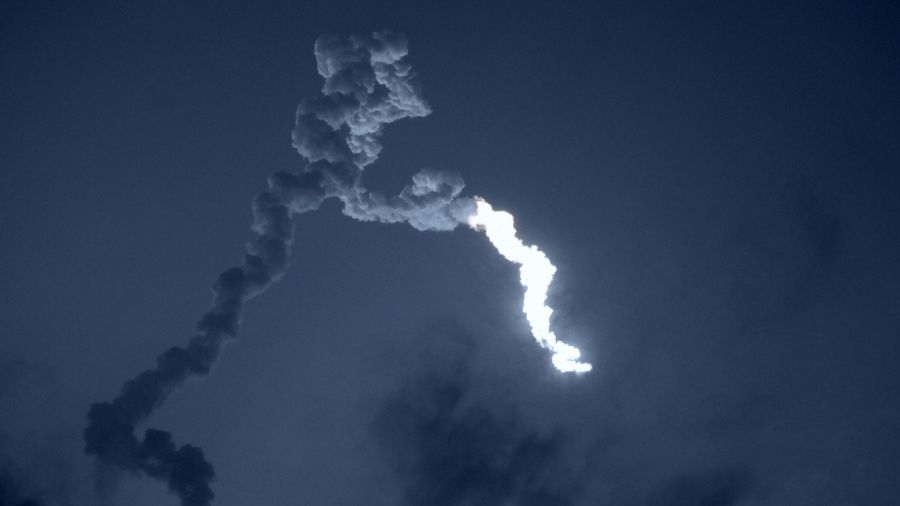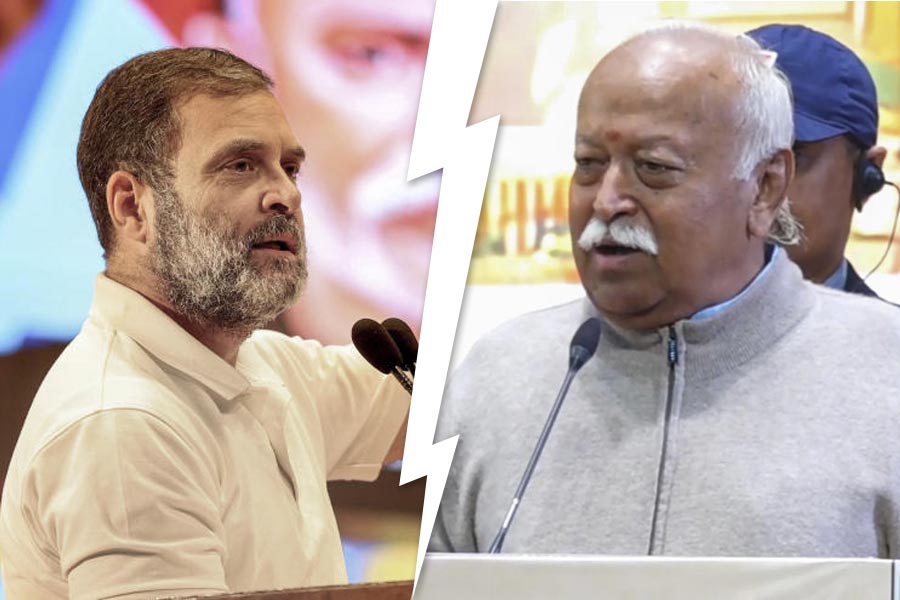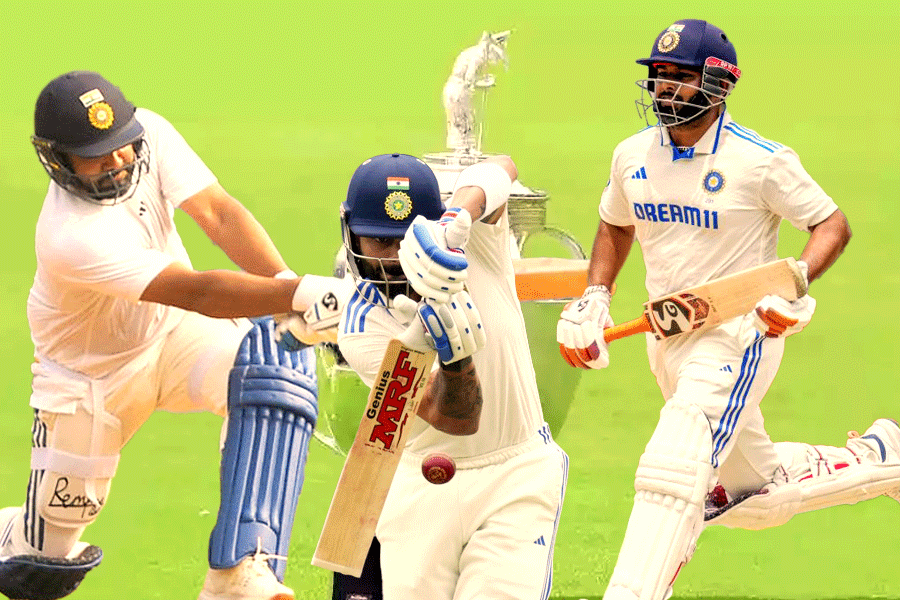India’s space programme encountered a setback on Thursday when its Geosynchronous Satellite Launch Vehicle, after a successful launch, suffered a mid-flight engine problem and failed to ferry an advanced Earth observation satellite into space.
Space sector analysts say the failure is likely to push back the country’s GSLV-linked projects by months and might add further delays to India’s plans for human space missions, already disrupted by delays linked to Covid-19.
The 15-storey tall, three-stage GSLV lifted off from the Sriharikota island spaceport on the Andhra Pradesh coast at 5.43am. All appeared to go well for nearly five minutes when something went wrong in the rocket’s third stage — the critical cryogenic engine.
“(The) performance of first and second stages was normal. However, (the) cryogenic upper stage ignition did not happen due to (a) technical anomaly. The mission couldn’t be accomplished as intended,” the Indian Space Research Organisation (Isro) said in a statement.
The rocket and its passenger — described by Isro as the country’s first state-of-the-art agile Earth Observation Satellite (EOS-3) — were at the time of the anomaly at an altitude of over 130km above the Bay of Bengal, nearly 800km from Sriharikota.
The Isro statement did not specify the fate of the launch vehicle, but space sector analysts believe the rocket and the satellite would have fallen into the sea.
The EOS-3 was to have been used to monitor cloudbursts, thunderstorms, crops, forests, waterbodies, and to deliver images of large areas at far frequent intervals than possible with existing satellites.
While the loss of the rocket and satellite is a setback, space sector analysts said the failure analysis investigation that Isro is certain to initiate is expected to throw light on the source of the problem leading to the failure.
“We’ve seen a string of successful GSLV flights — it is a proven operational launch vehicle,” said Gagan Agrawal, a space industry executive who was formerly with the Isro and Northern Sky Research, a global space market research company.
The flight was the 14th GSLV launch and the eighth GSLV flight powered by a homegrown cryogenic engine. After two launch failures in April and December 2010, all the six GSLV launches since 2014 have been successful.
“Given that what happened today could likely be a nuts-and-bolts or supplies or a quality control issue, I’d expect Isro to bounce back within months to a year,” Agrawal said.
The anomaly occurred in what many space technology engineers consider the most complex and challenging of GSLV’s stages — the cryogenic engine, fuelled by liquid oxygen and liquid hydrogen — required for the final stages of the flight.
“This is not anything unusual — liquid oxygen-hydrogen combos are known to be very temperamental,” a former top Isro official and senior space technology expert told The Telegraph. “Other space agencies have also had ignition-in-vacuum issues.”
But the GSLV failure in April 2010 had also occurred due to a cryogenic stage ignition failure.
“Given that this is a repeat failure, I would mandate a deep academia-based investigation on ignition issues in cryogenic engines,” said the expert who requested anonymity. “But who will mandate such an investigation? The culture of getting outside expertise in failure analysis died with Satish Dhawan.”
Dhawan, the Isro chairman from 1972 to 1984, had given shape to India’s space programme and was respected for his unique management style that included drawing expertise from outside the space agency. He died in 2002.
Isro plans to use an advanced version of the GSLV called Mark-III for its human space missions that were initially envisioned for 2022 but have been delayed.
Isro chairman K. Sivan had told PTI in July this year that the first uncrewed mission planned for December, as part of preparations for the human space flight programme, will be delayed. “It’s delayed. It (the uncrewed mission) will shift to next year,” Sivan had told PTI.
The planned three-astronaut mission will have to be preceded by two uncrewed flights.
Prime Minister Narendra Modi had on August 15, 2018, announced that Isro would sent an astronaut into space by or before 2022. The Centre had in December 2018 approved Rs 9,023 crore for the plan.












